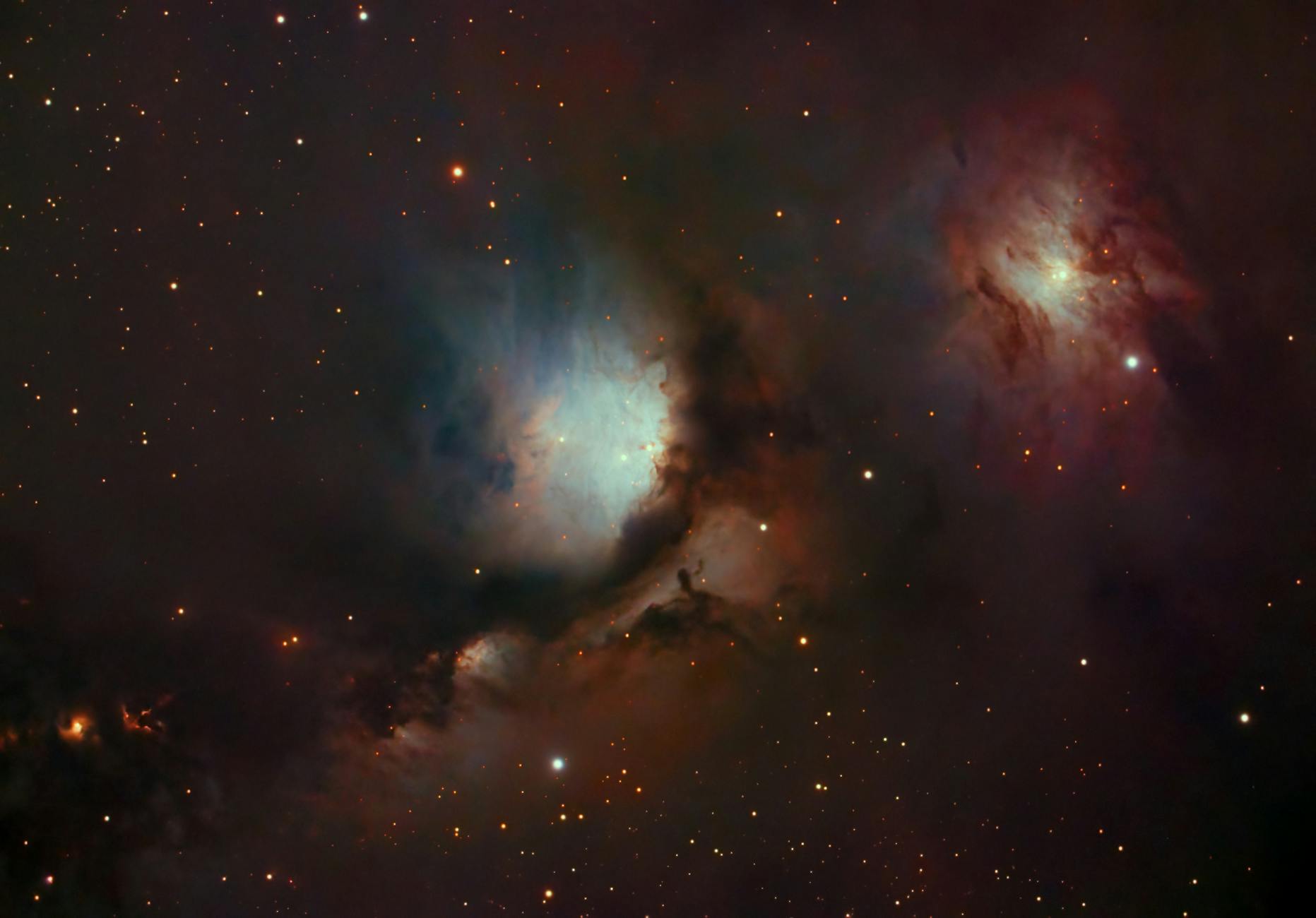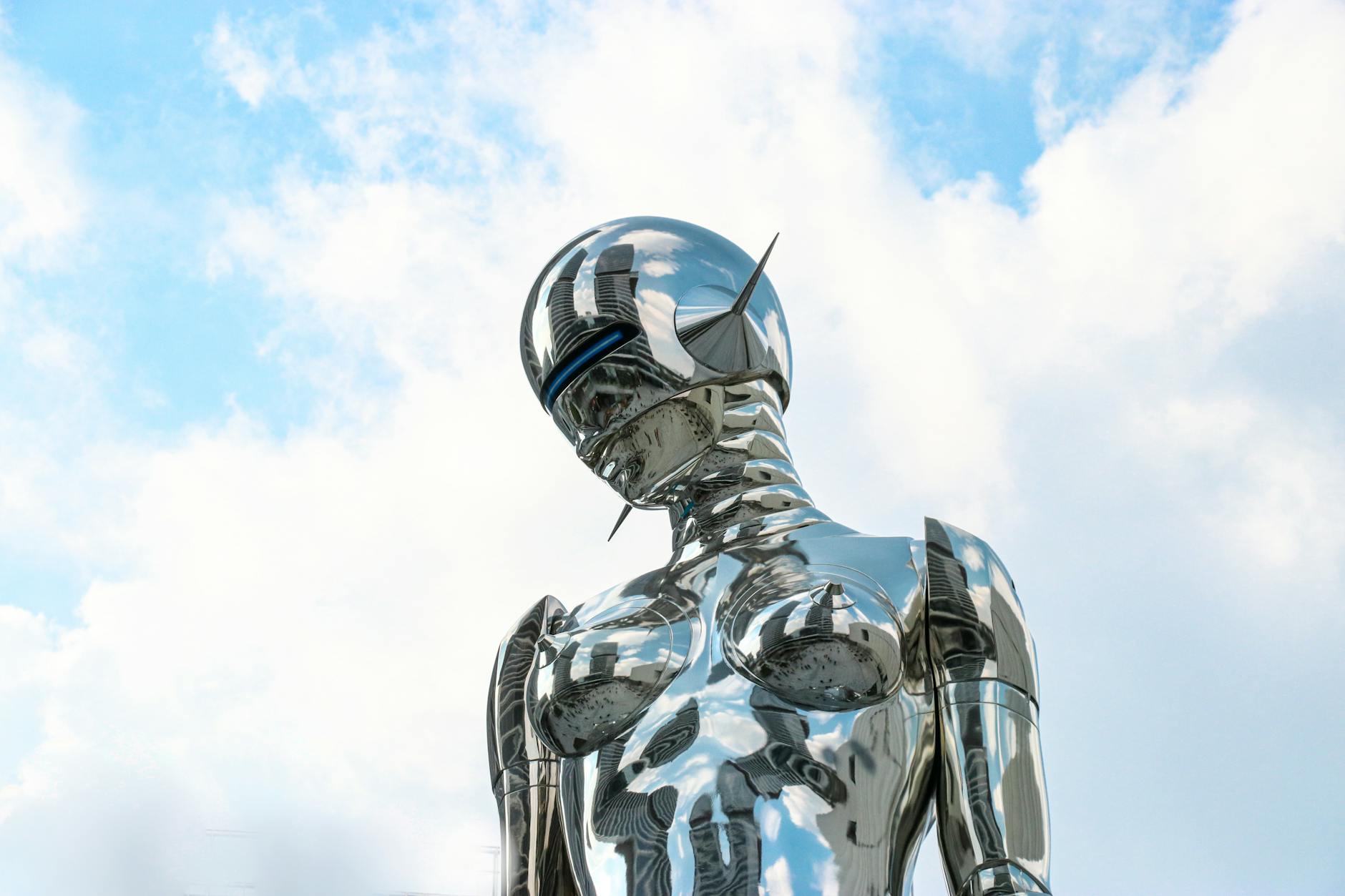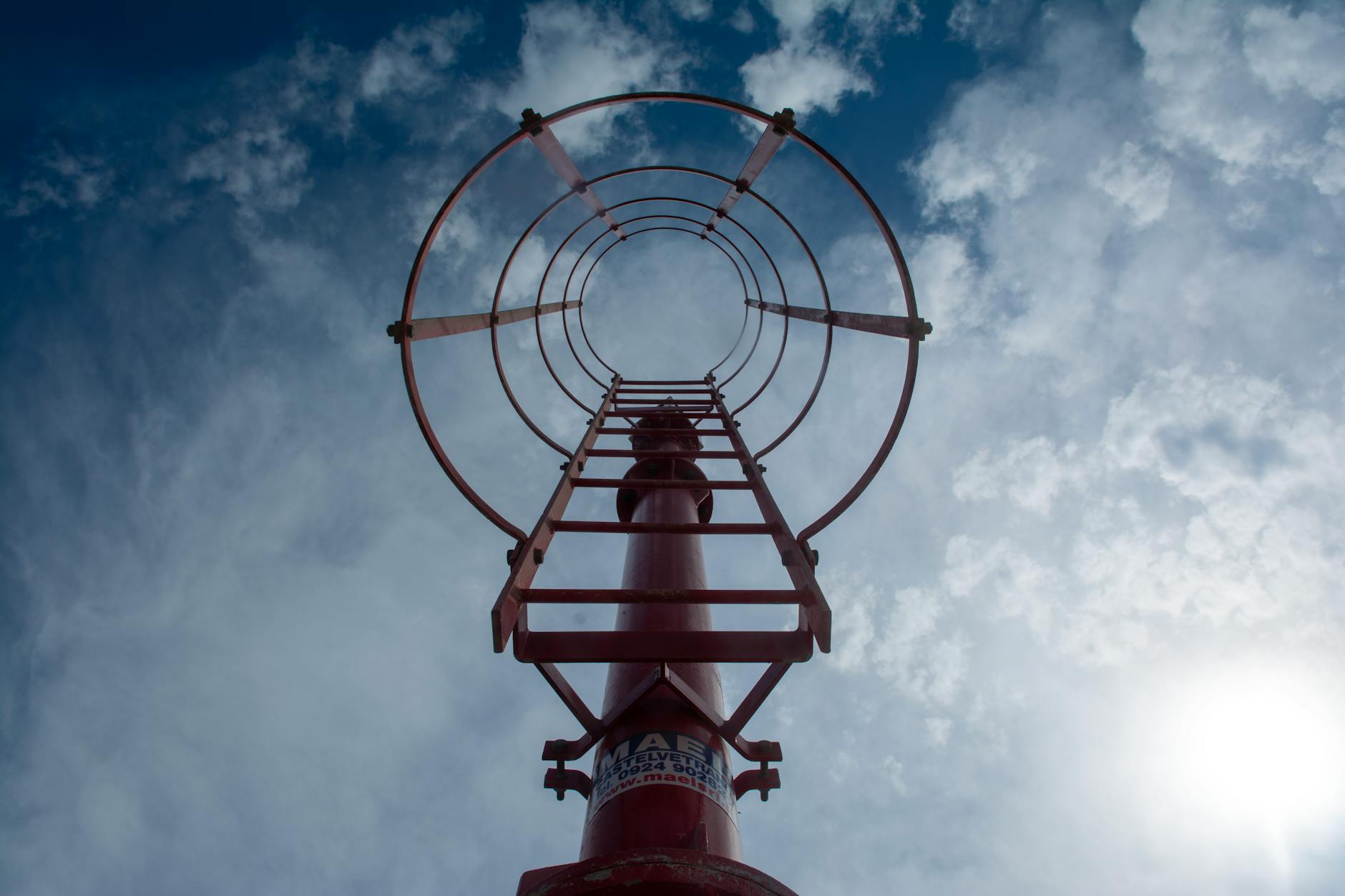Beyond the Multiverse: How Marvel Rivals’ Creative Freedom Could Reshape Hero Shooters
NetEase’s Gambit: Unveiling Original Characters in a Beloved Universe
The superhero gaming landscape is often a well-trodden path, relying heavily on established characters and narratives. However, a recent announcement regarding NetEase’s upcoming title, *Marvel Rivals*, has sparked considerable interest and debate. Developers have confirmed that they will be permitted to create original characters to populate the game’s universe, a move that signals a potentially significant departure from the usual fan-service-heavy approach. This decision, as reported by GamesRadar+, opens up a fascinating avenue for creative expression within the confines of a globally recognized intellectual property, while also raising questions about the balance between established lore and fresh innovation. The statement, which included a somewhat cryptic “Stay tuned,” suggests a deliberate strategy to build anticipation for these new additions.
The question of whether there are “enough” Marvel characters to sustain a competitive hero shooter is, on its surface, a simple one. Marvel’s expansive history boasts thousands of characters, from the A-list titans to the more obscure, B-list figures. Yet, in the context of a game designed for dynamic, fast-paced multiplayer combat, the practical application of this vast roster becomes more nuanced. Each character needs a distinct gameplay identity, a unique set of abilities that contributes to a balanced meta, and a visual design that stands out. Furthermore, the core appeal of a Marvel game often lies in the ability to play as beloved icons. The introduction of original characters, therefore, presents a unique challenge: how to integrate them seamlessly into the existing Marvel tapestry without alienating long-time fans or diluting the brand’s inherent appeal.
This initiative by NetEase and Marvel Games is not merely about filling a roster; it’s about exploring the very nature of the Marvel universe itself. The concept of the multiverse, a cornerstone of Marvel’s storytelling for decades, provides a conceptual framework for the integration of new, original characters. These creations could hail from alternate realities, be entirely new creations born from unique circumstances within the game’s narrative, or even represent unforeseen consequences of existing Marvel events. This creative license offers an opportunity to inject new blood into a universe that, while rich, can sometimes feel constrained by its established history. The potential implications for player engagement, game longevity, and the overall evolution of the Marvel gaming experience are substantial.
Context & Background
The hero shooter genre has seen a meteoric rise in popularity over the past decade, with titles like Blizzard’s *Overwatch* and Riot Games’ *Valorant* setting the benchmark for competitive team-based gameplay. These games typically revolve around distinct character classes, each with unique abilities, ultimate powers, and strategic roles. The success of these titles is often attributed to a combination of polished mechanics, engaging character design, and a robust content update pipeline that introduces new heroes, maps, and game modes.
Marvel, with its unparalleled library of characters and rich narrative tapestry, is a natural fit for this genre. However, previous attempts to translate the Marvel universe into a competitive multiplayer environment have met with varying degrees of success. *Marvel Heroes*, an action RPG with MMO elements, offered a wide array of playable Marvel characters but ultimately ceased operations. More recently, titles like *Marvel’s Avengers* focused on a narrative-driven, cooperative PvE experience, diverging from the competitive shooter space. *Marvel Rivals*, therefore, aims to carve out a unique niche by blending the recognizable appeal of Marvel’s existing roster with the competitive framework of a hero shooter.
The decision to allow original character creation within *Marvel Rivals* is particularly noteworthy. Historically, games based on established IPs have tread a careful line, often prioritizing fidelity to the source material over introducing entirely new concepts. While games like *Super Smash Bros.* have a long tradition of incorporating a diverse range of characters, they operate within a different framework of fan service and cross-dimensional crossovers. For a game aiming for a dedicated player base and ongoing competitive play, the introduction of original characters presents a more complex challenge. It requires a careful balancing act, ensuring that these new additions feel thematically cohesive with the Marvel universe, possess compelling backstories that justify their presence, and offer gameplay mechanics that are both innovative and balanced against established Marvel heroes.
NetEase, a prominent Chinese technology and gaming company, has a strong track record in developing and operating successful online games, particularly in the mobile space. Their experience with competitive titles and live-service games suggests a capable partner for this ambitious project. The collaboration with Marvel Games indicates a significant investment and a strategic approach to leveraging one of the world’s most recognizable brands in a burgeoning genre. The “stay tuned” declaration from NetEase hints at a carefully managed reveal of these original characters, suggesting that their integration will be presented as a significant, and potentially game-changing, aspect of *Marvel Rivals*.
The core question of character availability in a hero shooter is often tied to player fantasy and wish fulfillment. Players want to embody their favorite heroes and utilize their iconic abilities. However, a well-designed hero shooter also thrives on strategic depth, team synergy, and the constant introduction of new gameplay dynamics. Original characters, if executed thoughtfully, can fulfill this latter need by introducing novel mechanics and playstyles that might be difficult to achieve with pre-existing Marvel characters without significant adaptation or deviation from their established powers. This move could therefore be seen as a proactive measure to ensure the game’s long-term health and ability to surprise and engage its player base.
In-Depth Analysis
The allowance for original character creation in *Marvel Rivals* represents a bold strategic choice with far-reaching implications for both the game’s development and its reception by the gaming community. This approach moves beyond simply curating existing Marvel characters and instead embraces the potential for emergent storytelling and gameplay innovation within the established Marvel framework.
The Multiverse as a Narrative Canvas
Marvel’s foundational concept of the multiverse is the ideal conceptual scaffolding for introducing original characters. This allows for characters who may not fit neatly into the primary Marvel continuity (Earth-616) but can exist within distinct, parallel realities. For instance, an original character could be a hero from a timeline where a specific historical event unfolded differently, leading to unique powers and origins. Alternatively, they could be an entity that exists in a pocket dimension, or a being whose existence is a direct consequence of a cosmic event affecting multiple realities.
This narrative flexibility is crucial. It provides a justifiable reason for these new characters to interact with established Marvel heroes like Iron Man, Spider-Man, or Wolverine. Instead of creating entirely new, self-contained lore that might feel disconnected from the wider Marvel universe, the multiverse concept allows for seamless integration. The potential for cross-dimensional conflict, alliances, and the exploration of divergent timelines offers a rich source of narrative material that can complement the existing lore without directly contradicting it.
Furthermore, this approach can satisfy different player desires. Long-time fans can still enjoy playing as their favorite established characters, experiencing them in new gameplay contexts. Simultaneously, players who are drawn to novelty and fresh gameplay mechanics can find characters that resonate with them on a different level, characters that are born from the imagination of the game developers.
Gameplay Innovation and Meta Diversity
The introduction of original characters offers a unique opportunity to inject fresh gameplay mechanics and archetypes into the hero shooter genre. While Marvel’s existing characters possess a wide range of abilities, there might be certain gameplay niches or power fantasies that are not fully realized within the current roster. Original characters can be designed from the ground up to fill these gaps, potentially leading to a more diverse and strategically rich meta.
Consider, for example, a hero whose abilities revolve around manipulating probabilities, a concept that, while touched upon in Marvel lore, could be explored in a more direct and gameplay-centric manner through an original character. Or perhaps a hero whose primary combat style involves the creation and manipulation of temporal anomalies, offering a unique take on crowd control or area denial. The developers are not bound by the established powersets of existing heroes, allowing for truly novel mechanics that can challenge existing team compositions and strategic approaches.
This creative freedom can also help to prevent the game from becoming stale. By consistently introducing new characters with distinct abilities, *Marvel Rivals* can maintain player engagement and provide ongoing strategic evolution. The challenge, however, lies in ensuring that these original characters are not only unique but also balanced. The introduction of any new character in a competitive game can disrupt the existing meta, and original creations, free from the constraints of established lore, could potentially be designed with overpowered abilities if not carefully managed.
Brand Integrity and Fan Reception
The most significant hurdle for this approach lies in maintaining brand integrity and ensuring positive fan reception. Marvel is a brand built on decades of rich storytelling and beloved characters. Introducing original characters, no matter how well-designed, runs the risk of alienating fans who prioritize fidelity to the established Marvel canon. The “stay tuned” element suggests a careful unveiling, implying that the developers intend to present these characters in a manner that feels authentically Marvel.
This could involve:
* Thematic Resonance: Ensuring that the original characters’ origins, powers, and personalities align with the overarching themes and tone of the Marvel universe. This might mean drawing inspiration from existing Marvel concepts, cosmic entities, or specific historical periods within the Marvel timeline.
* Narrative Integration: Weaving these characters into the game’s overarching narrative in a way that feels organic and meaningful. This could involve introducing them through a specific multiverse event, or having them encounter and interact with well-known Marvel characters in a way that reveals their unique place in the larger tapestry.
* Visual Cohesion: Designing original characters whose aesthetics complement the visual style of the Marvel universe. This doesn’t mean they need to look like existing heroes, but their designs should feel like they belong in a Marvel comic or film.
The success of this strategy will hinge on the quality of the original characters themselves. If they are compelling, well-written, and offer engaging gameplay, they have the potential to become fan favorites in their own right, much like new characters introduced in long-running comic book series have often done. Conversely, if they are perceived as shoehorned-in, poorly designed, or feel thematically out of place, they could become a point of contention for the player base.
Potential for Long-Term Support and Expansion
This creative freedom also offers a significant advantage in terms of long-term game support and expansion. Relying solely on existing Marvel characters for new content can eventually lead to a depletion of easily implementable characters that offer distinct gameplay. By having the ability to create original characters, NetEase and Marvel Games can ensure a consistent pipeline of fresh content that can keep the game alive and evolving for years to come.
This is particularly important for a live-service hero shooter, where player retention is paramount. The ability to introduce original characters as part of regular content updates can provide new incentives for players to return to the game, experience new strategies, and discover new favorites. It allows the developers to continually innovate and surprise their audience, preventing the game from becoming predictable or stagnant.
The “stay tuned” message is not just a marketing tactic; it’s an indicator of a considered approach. It suggests that NetEase understands the significance of this decision and plans to leverage it strategically, likely through carefully crafted reveals that build anticipation and showcase the quality of these original creations. The success of this gamble will depend on the execution, but the potential reward – a truly fresh and engaging Marvel-themed hero shooter – is substantial.
Pros and Cons
The decision to allow original character creation in *Marvel Rivals* presents a complex set of potential benefits and drawbacks:
Pros:
- Gameplay Innovation: Developers can design characters with unique abilities and mechanics that might not be feasible or desirable with established Marvel characters, leading to a more diverse and dynamic meta.
- Extended Content Pipeline: This allows for a continuous stream of new characters, preventing the game from becoming stale and offering ongoing reasons for player engagement, which is crucial for a live-service title.
- Creative Freedom: It provides developers with a broader canvas to explore new gameplay archetypes and narrative possibilities within the Marvel universe without being strictly bound by existing lore.
- Narrative Flexibility: The multiverse concept offers a robust framework for integrating original characters seamlessly into the Marvel tapestry, allowing for interesting cross-dimensional stories and interactions.
- Potential for New Fan Favorites: Well-designed original characters could become popular in their own right, expanding the appeal of the Marvel brand to new audiences or offering fresh experiences to existing fans.
- Competitive Balance: Original characters can be specifically designed to address gaps in existing team compositions or introduce novel counter-play options.
Cons:
- Brand Dilution Risk: Poorly designed or thematically inconsistent original characters could dilute the established Marvel brand and alienate long-time fans who prioritize canon fidelity.
- Fan Backlash: The introduction of new, non-canonical characters can sometimes lead to negative reactions from a portion of the fanbase that prefers to play exclusively with established heroes.
- Balancing Challenges: Creating original characters that are both unique and balanced against a roster of characters with established power levels and histories can be incredibly difficult, potentially leading to meta instability.
- Narrative Cohesion: Ensuring that original characters feel like genuine additions to the Marvel universe, rather than simply tacked-on additions, requires strong writing and narrative integration.
- Over-reliance on Originality: If the game heavily emphasizes original characters over its core Marvel IP, it might lose some of its unique selling proposition for fans drawn primarily to the Marvel brand.
- Development Strain: Designing, implementing, and balancing high-quality original characters requires significant developer resources, which could potentially detract from the refinement of core gameplay or existing Marvel characters.
Key Takeaways
- NetEase’s *Marvel Rivals* will allow developers to create original characters, a significant departure from typical IP-based game development.
- This decision leverages Marvel’s multiverse concept as a narrative framework for integrating new characters.
- Original characters offer the potential for significant gameplay innovation and a more diverse meta.
- The success of this initiative hinges on careful execution to maintain brand integrity and positive fan reception.
- Balancing original creations with established Marvel heroes will be a key challenge for the development team.
- This strategy could provide a robust pipeline for long-term content updates, crucial for a live-service game.
Future Outlook
The success of *Marvel Rivals* and its innovative approach to character creation will likely set a precedent for how other major IPs are adapted into the hero shooter genre. If NetEase can successfully balance the allure of established Marvel icons with the fresh appeal of well-crafted original characters, it could open up new avenues for creative expression in licensed gaming.
The “stay tuned” message from NetEase suggests a calculated reveal of these original characters. We can anticipate detailed lore drops, character spotlights showcasing unique abilities, and perhaps even in-game events that introduce these new heroes to the Marvel Rivals universe. The community’s reaction to these initial reveals will be critical in shaping the game’s trajectory.
Looking further ahead, this model of allowing original content creation within a licensed universe could be explored by other developers and publishers. It offers a way to breathe new life into aging franchises or to build upon existing IPs in ways that are not strictly limited by their historical narratives. The key will be in the quality of execution and the ability to maintain a cohesive vision that respects the source material while embracing innovation.
For *Marvel Rivals* specifically, the future hinges on how effectively these original characters are integrated. Will they feel like natural extensions of the Marvel cosmos, or will they feel like outsiders? Will their gameplay mechanics be truly groundbreaking and balanced, or will they disrupt the meta in unhealthy ways? The answers to these questions will determine whether *Marvel Rivals* becomes a groundbreaking title that pushes the boundaries of superhero gaming, or a cautionary tale about the risks of departing too far from established formulas.
It’s also worth considering how this might influence Marvel’s own internal creative processes. If original characters developed for the game prove exceptionally popular, there’s always the possibility that they could be integrated into broader Marvel comic book narratives or other media. This would be a testament to the power of the gaming platform as a creative incubator and a direct result of the freedom granted by this development approach.
The ongoing dialogue between the developers and the community will be essential. Transparency regarding the design philosophy behind original characters, open channels for feedback, and a commitment to iterative balancing will be crucial for fostering a positive and engaged player base. The success of this venture could ultimately redefine what it means to develop a game within a beloved fictional universe.
Call to Action
As *Marvel Rivals* prepares to unveil its roster, including its original creations, players are encouraged to engage with the ongoing discussions and to keep an open mind. The future of hero shooters, and potentially the evolution of licensed gaming, may be shaped by this bold decision.
Players are invited to:
- Follow Official Marvel Rivals Channels: Stay updated on announcements, developer insights, and character reveals by following the game’s official website and social media accounts. [Link to Official Marvel Rivals Website (Hypothetical)]
- Join the Community Discussions: Share your thoughts, expectations, and feedback on forums and community platforms. Engage constructively with other players and the development team. [Link to Marvel Rivals Reddit or Discord (Hypothetical)]
- Explore the Marvel Multiverse: To better understand the potential for original character integration, dive into Marvel’s vast comic book history and its exploration of alternate realities. Resources like Marvel Unlimited or encyclopedic wikis can be invaluable. [Link to Marvel Unlimited Subscription Service] [Link to Marvel Wiki for Multiverse Information]
- Engage with Developer Insights: Pay attention to interviews and developer blogs that explain the creative process behind the original characters, understanding their place within the game’s narrative and design.
- Provide Constructive Feedback: Once the game is available, offer thoughtful feedback on character design, gameplay balance, and narrative integration to help shape its ongoing development.
The potential for *Marvel Rivals* to offer a fresh and innovative experience within the superhero gaming sphere is significant. By embracing creative freedom, NetEase and Marvel Games are embarking on an exciting journey that could redefine player expectations for licensed titles.









